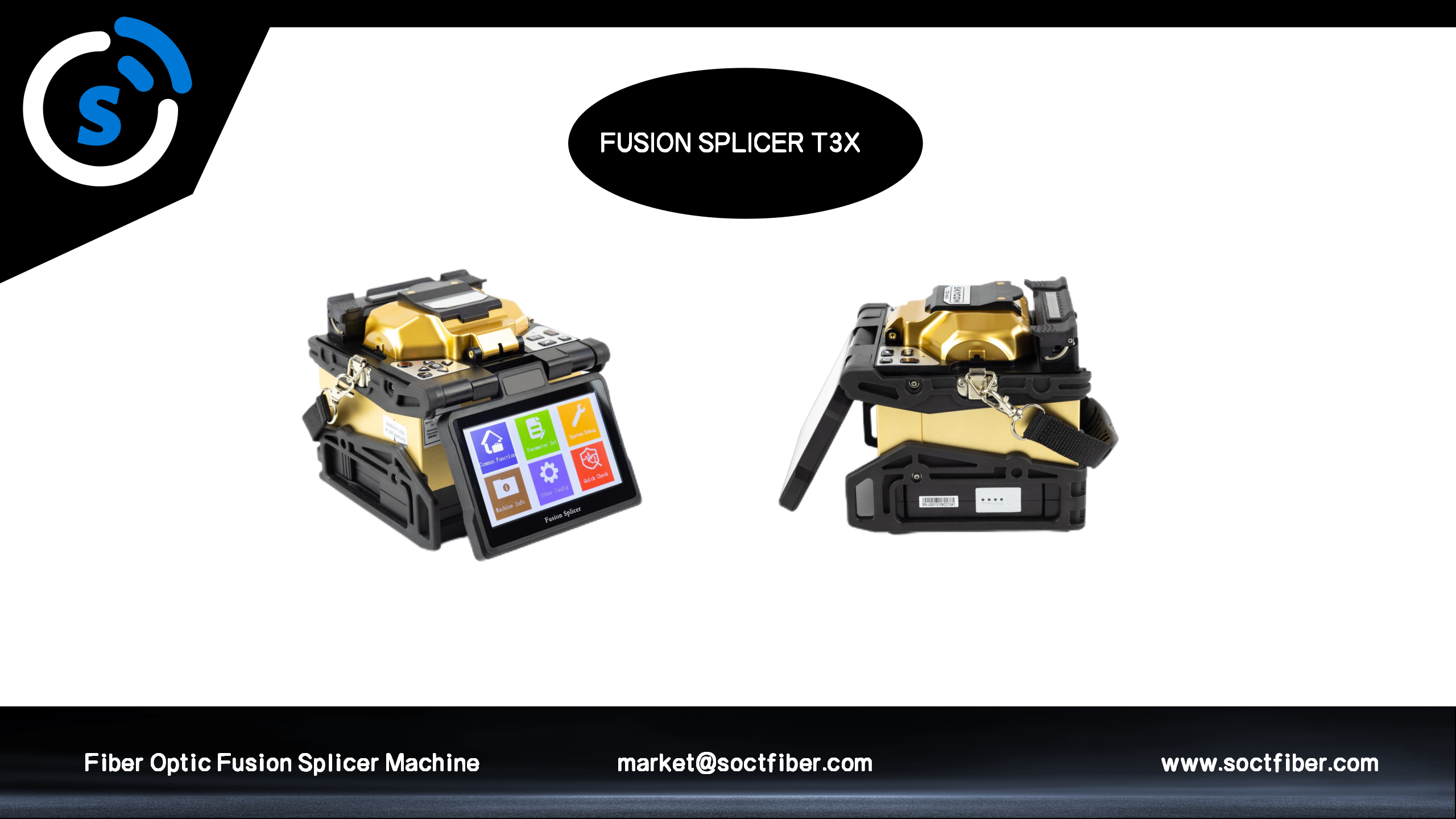fiber optic connector types
Fiber optic connectors are essential to connecting fiber optic cables with end equipment, ensuring smooth data communication at high speeds through such devices. Fiber optics connectors include LC, SC, ST and FC among many types. All connect optical fibers accurately so as not to damage the signal. The most significant functions of them are to provide a quick and convenient method for connecting or disconnecting fibers. Network maintenance or design flexibility would be impossible without this technique. Features include precise alignment mechanisms like springs, screws, or click mechanisms and they often come with ceramic or plastic ferrules which hold the fiber. These connectors are used across various industries such as telecommunications, data centers and medical imaging, enabling lightning-fast data transfer in a direct manner that is not subject to electromagnetic interference.


